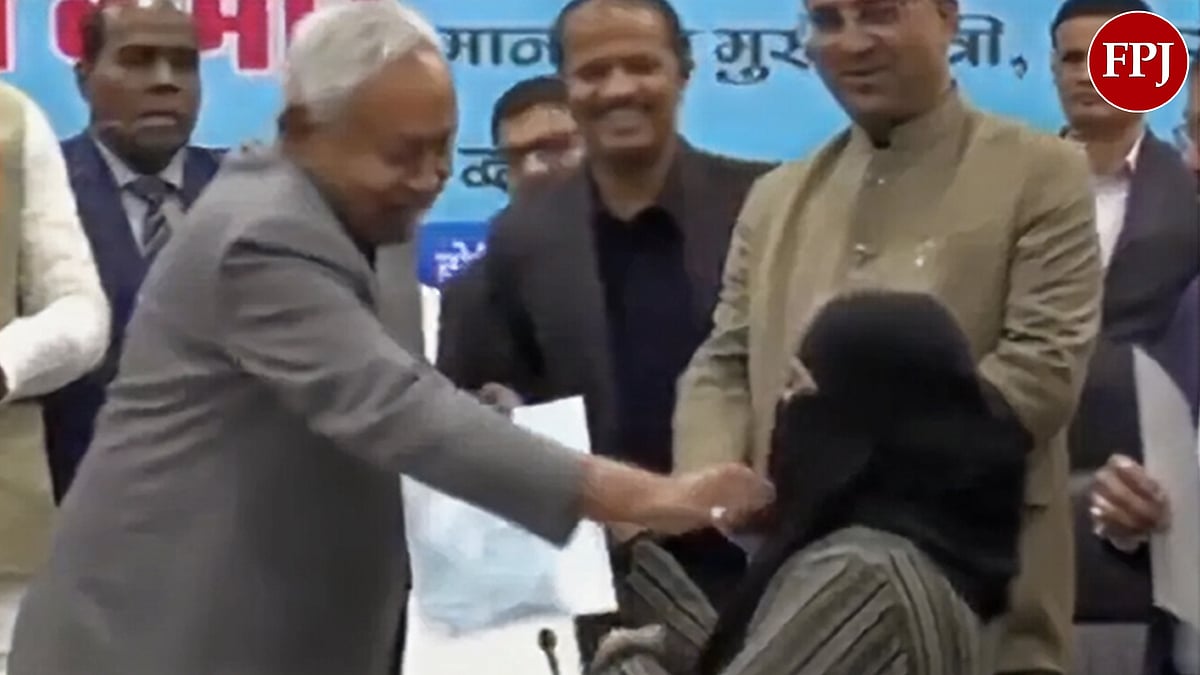Amid rising disaster risk threats to infrastructure, the world plans massive investments of $94 trillion for disaster resilience in the India-initiated Coalition for Disaster Resilient Infrastructure (CDRI). The catchline is what the world invested in 200 years is to be done in 20 years.
The global infrastructure investment is estimated at $2.7 billion a year. Insurance giant Lloyds was quoted as 12 per cent of funds getting lost in disasters and 88 per cent funds into rebuilding. A disaster related to weather, climate, or water hazard occurred every day on average over the past 50 years – killing 115 people and causing US $202 million in losses daily, according to a new report by the World Meteorological Organisation (WMO). The costs are to rise as inflation rises and interest rates are hiked.
Prime Minister Narendra Modi says that infrastructure is about people and providing them high-quality, dependable, and sustainable services in an equitable manner.
The fourth international conference of CDRI in New Delhi does not focus on financing but sees infra plus green nature in totality through an integrated approach of community-based efforts. An effort to save public funds! Many cities across the world and island nations are at great risk. In India, for example, cities like Bhubaneswar, Visakhapatnam, Chennai, and Kolkata are perceived to be at climatic risk, says Kamal Kishore, member-secretary of NDMA, the co-chair of ICDRI. Another co-chair, Veena Reddy, mission director of USAID. He says India may lead the hydrogen initiative.
The meet draws the contours but subtly deliberates the high investment projections because infra is never likely to have an infinite life. The resources are limited to how would this expenditure be sustainably funded the meet grapples with, as Shiva Makotoko, CEO, RBN Fund of South Africa indicates. The private sector is a miser in such investment. It means it has to come through public funding, euphoria for financing by the poor.
Nestor Alonso Santamaria, Policy Device, and Research OECD says how the money spent, adaptability, flexibility as also designing policies as guarantors of public trust is key to resilience.
It is stated that the existing methods and tools of disaster risk reduction, and climate risk management, in particular, provide powerful capacities for substantially reducing risks and adapting to climate change.
In focus are healthcare post-pandemic, earthquakes, floods, and rising cyclones in India’s east and west coasts, and the destruction of telecom towers, roads, ports, and urban infra. Reddy says that $10 billion is required immediately for poverty reduction and flagship healthcare. What is to be saved are telecom towers, power plants, digital infra, transportation, and communication.
The experts discuss various earthquakes, floods, and cyclones in Haiti, Nepal, Pakistan, and Peru, and whether Dave Rodford Wilson, director in the UK reconstructing Peru, Kamran Akbar of World Bank, or Kevin Karouiki, an expert on power, climate, and green growth, helping Fiji come out of 10 major cyclones since 2012 witnessing billions of dollar damages to housing to large infra, opine that the best solutions for reconstruction always come from the affected people. Akbar says, “Disaster brings the best and worst of the people” for reconstruction to the restoration of livelihood. They build blocks and reconstruct the local infra. The finances definitely have to be fine-tuned.
Furthermore, new changes, such as Arctic ice melting, are happening faster than was predicted by the IPCC reports. It seems that the future is more serious and challenging. Such meets discuss whether this can be stopped with the pouring of funds and sharing by large private entities. Can it create resilience?
The Fukushima nuclear accident in Japan built in a quake-prone area, close to the sea could have been prevented in the 2011 Tōhoku earthquake and tsunami had such a spot not been chosen. Not much is known to have been discussed about the problems of the Three Gorges Dam of China overflowing often and accumulation of massive turbid water. There are instances of severe Kerala floods due to dam bursts. It changed river courses and topography. Now, India builds nine major dams including in fragile Arunachal, Manipur, and Mizoram. TS Swaminathan, an Indian expert extols the 200-300-year-old dams for their resilience.
The most circumspect on finances appears to be Africa. The Ghana chief director, ministry of environment Cynthia Asare Bediako wonders how to create the fund for reducing carbon emissions. She says climate change has no boundaries on how to forge policies that can help most challenges of sustenance, livelihoods, and jobs. She wonders about private participation and if the CDRI could help. The African Development fund officer Surminsu calls for a relook at policies, as sustainable energy is the first to break during a disaster. Poor countries need tech transfers that CDRI stresses.
Kishore points at the Pacific islands. They are at a continuous risk and need about $3 billion to support them and wonder whether that is a resilient investment.
On the energy front, many questions remain. There is a $10.2 billion UNFCC fund for the green climate fund. Edwin Koekkoek, counsellor, energy, of the European Union, says that while a mix of alternate energy is being worked out, there remain limitations. On having hydrogen, its import and export, the EU is working with India on how to invest in energy infra.
Vandana Kumar, secretary, of the renewable energy ministry says that India is taking steps to create hydrogen support, its storage and transportation issues, and the green energy to the world. Rangan Banerjee, IIT, Delhi, says research is needed to build the hydrogen road map. Dr. Uwe Remme, head of hydrogen IAEA, says it is not easy technology and has a high cost. Kishore releasing a paper on hydrogen perspective says, "challenges are huge as also unclear on the governance to be needed vis a vis traditional power system."
On finances, CDRI appraisal is likely to be mandatory for state projects, says Baldeo Purusharth, joint secretary, Department of Economic Affairs and Blended Finance. Systems are also being created for making the system more robust through national monetisation schemes.
Purusharth and Santamaria sum up the issue of financial trust that can create a resilient system. Nobody can prevent climate change but for its sake, the world cannot also plunge into investing sums into an abyss. Infra funding has large leakages that have to be plugged to save the poor from further slipping into deep crisis. Discreet funding and protecting fragile ecology would create the dreamt resilient infra development and not the big projections.
(The writer is a veteran journalist, an observer of the socio-politico economy, and a media academician)
Climate resilience: Large funds cannot save the globe, writes Shivaji Sarkar
Nobody can prevent climate change but for its sake, the world cannot also plunge into investing sums into an abyss. Infra funding has large leakages and that has to be plugged to save the poor from further slipping into deep crisis.
Shivaji SarkarUpdated: Monday, May 09, 2022, 08:06 AM IST

New changes in Climate Change, such as Arctic ice melting, are happening faster than was predicted by the IPCC reports. | Photo: Pixabay
RECENT STORIES
Power, Patriarchy And The Politics Of Humiliation: Nitish Kumar Crosses A Line

Karnataka’s Hate Speech Law And The Fine Line Between Deterrence And Democratic Freedoms

Beyond ‘Us Vs Them’: Why Kindness Must Anchor Human Coexistence

Jane Austen At 250: Why Her Stories Of Love, Choice And Equality Still Speak To Us

AI Isn’t Killing Jobs — India’s Power Sector Shows How Technology Is Creating Millions Of New...
